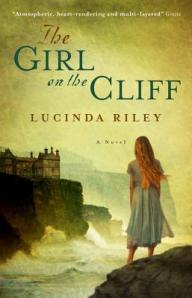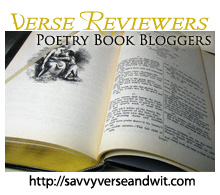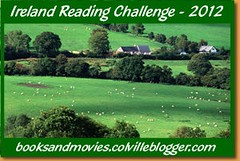
Check out Lucinda Riley’s writing space:
I have a strange aversion to ‘offices’, mainly because it makes me feel as though I’m actually working. And writing for me isn’t a job, it’s a way of life. The nearest to an inside office space I have is my drawing-room at home in the winter, but the minute the sun shines I hop through a window and sit on the bench outside. Because I record the first draft of the story into a dictaphone, which basically means talking to myself for four months, it makes me ‘portable’ and able to work anywhere. And being outside in the fresh air is my preferred location. So, my three ‘outside offices’ are the gardens at our Hall in Norfolk, the terrace of our house in Thailand and the balcony of our house in the South of France. The kids are used to seeing Mummy wandering around in a bikini with a microphone strapped to the top of it. I’m sure this method is unusual, but again, a bikini signals a ‘holiday’, rather than ‘work’ and this takes the pressure off psychologically and helps the words flow. However, being permanently ‘strapped up’, I must always remember to switch off and remove the tape recorder before I go for a swim or, er, other activities …! The method I use works for me fantastically well, except for the fact that when I’ve been dictating into the tape for long periods of time, it has been known for me to ask the children; ‘hello comma darling comma how are you question mark space new line’! When the first draft is finished I begin editing with a red pen onto the typed-up manuscript.
At present, as it’s October and becoming colder here in England, I’m in my winter ‘office’. Our 300 year old Hall is far too large to heat during the day. And if I sneakily turn the switch to ‘on’, my husband always finds me out! So, I wrap up in layers and sit by a roaring log-fire working on editing the new book. I have an ancient, threadbare chair, a stash of red pens and a pot of tea on the table beside me.
And now … I will confess that I have a perfectly lovely ‘office’ here at home, where my PA works happily. But to this day, I can honestly say I’ve never written a single word in it. And guess what? I’m sitting writing this in the kitchen.
Thanks, Lucinda, for sharing your writing space with us.



 From the Land of the Moon by Milena Agus, translated from the Italian by Ann Goldstein, is the story of a young unnamed woman’s grandmother just at the end of WWII in Italy after the
From the Land of the Moon by Milena Agus, translated from the Italian by Ann Goldstein, is the story of a young unnamed woman’s grandmother just at the end of WWII in Italy after the 





 2. Mikey, the eight-year-old boy in Realm of the Lost, is exuberant and often acts without thinking, like most little brothers. Do you have any siblings? If not, where did the inspiration for Mikey come from? And are their plans to write his own story?
2. Mikey, the eight-year-old boy in Realm of the Lost, is exuberant and often acts without thinking, like most little brothers. Do you have any siblings? If not, where did the inspiration for Mikey come from? And are their plans to write his own story?
 About the Author:
About the Author:




